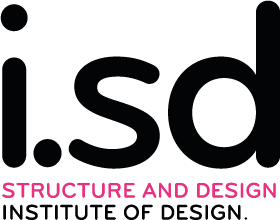Topic
This Master’s thesis was written as part of the research project ‘Computational Immediay’ (sub-project of the SFB Advanced Computational Design) (Wimmer et al., 2022). Therefore, two questions were brought together in the thesis: Firstly, the research question and task formulated from the CRC (concept modelling in an urban context using volumetric point cloud models) and secondly, a personal question posed by the author (about the generation of spirituality through spatial means to the exclusion of culturally or religiously influenced symbols or archetypes). SFB / SP3 Computational ImmediacyThe subproject SP3 deals with volumetric point clouds as a design and notation medium and the development of ML-based methods that assist the designer (Bank et al., 2022). The focus here is on conceptualisation in the preliminary design and supporting the designer in creative open-ended idea generation. Volumetric point clouds are ‘filled’ on the inside, so they allow the internal structure of a volume or the internal properties of a room (such as climatic conditions, noise levels, lighting situations, etc.) to be recorded spatially and this data to be used directly in the design and modelling.
The following tasks were therefore set as part of this master’s thesis:
– Creating and testing a method of notating ‘volumetric’ i.e. spatial data of a building site and an architectural programme (Chapters 4.1 and 4.2)
– Developing and testing various methods of visualising the point cloud models in order to achieve ‘immediate’ comprehensibility (Chapter 4.3)
– Direct application of the spatial data in the modelling of a building mass and presentation of a comprehensible workflow embedded in a design (Chapter 5.0)
This task was developed during an employment funded by the FWF and combined in parallel with the development of a spatial programme and a typology and the conceptual question posed in a master’s thesis (chapters 1.0 to 3.0). Finally, both areas – the methodology and the conceptual and design issues – were synthesised in a draft (Chapter 5.0). The focus in the development of the method was on the ‘generative’ aspect. The method was iterated and improved in such a way that parts of the point cloud model could be translated directly into geometry or concept models of massings. Chapter 5 therefore describes in detail which components of the model were generated using the method and where the designer intervened and revised them. In this way, the aim of the SFB – point clouds as a design medium from the sketch to the concept model – was to be realised.

